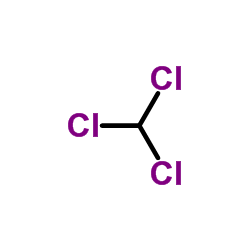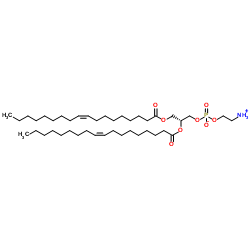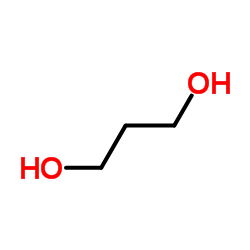FASEB Journal
2015-09-01
Evaluation of aegerolysins as novel tools to detect and visualize ceramide phosphoethanolamine, a major sphingolipid in invertebrates.
Hema Balakrishna Bhat, Reiko Ishitsuka, Takehiko Inaba, Motohide Murate, Mitsuhiro Abe, Asami Makino, Ayako Kohyama-Koganeya, Kohjiro Nagao, Atsushi Kurahashi, Takuma Kishimoto, Michiru Tahara, Akinori Yamano, Kisaburo Nagamune, Yoshio Hirabayashi, Naoto Juni, Masato Umeda, Fumihiro Fujimori, Kozo Nishibori, Akiko Yamaji-Hasegawa, Peter Greimel, Toshihide Kobayashi
Index: FASEB J. 29 , 3920-34, (2015)
Full Text: HTML
Abstract
Ceramide phosphoethanolamine (CPE), a sphingomyelin analog, is a major sphingolipid in invertebrates and parasites, whereas only trace amounts are present in mammalian cells. In this study, mushroom-derived proteins of the aegerolysin family—pleurotolysin A2 (PlyA2; K(D) = 12 nM), ostreolysin (Oly; K(D) = 1.3 nM), and erylysin A (EryA; K(D) = 1.3 nM)—strongly associated with CPE/cholesterol (Chol)-containing membranes, whereas their low affinity to sphingomyelin/Chol precluded establishment of the binding kinetics. Binding specificity was determined by multilamellar liposome binding assays, supported bilayer assays, and solid-phase studies against a series of neutral and negatively charged lipid classes mixed 1:1 with Chol or phosphatidylcholine. No cross-reactivity was detected with phosphatidylethanolamine. Only PlyA2 also associated with CPE, independent of Chol content (K(D) = 41 μM), rendering it a suitable tool for visualizing CPE in lipid-blotting experiments and biologic samples from sterol auxotrophic organisms. Visualization of CPE enrichment in the CNS of Drosophila larvae (by PlyA2) and in the bloodstream form of the parasite Trypanosoma brucei (by EryA) by fluorescence imaging demonstrated the versatility of aegerolysin family proteins as efficient tools for detecting and visualizing CPE.© FASEB.





